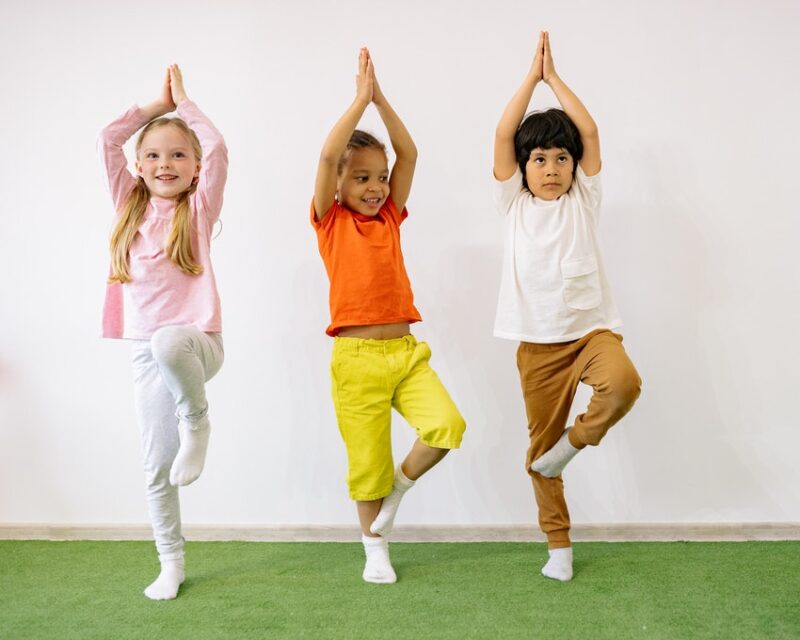While you may envision yourself as a personal trainer, the market for kids’ fitness keeps growing. This is because regular physical activity is crucial for kids’ health, as the CDC advises an hour of vigorous activity daily. However, being a fitness trainer for kids is different as they require different needs. That said, here are some top tips to become a kids’ fitness trainer.
Make sessions more fun
Your training sessions with kids need to be structured differently. They should be more fun, motivating, and have a supportive environment. You can consider the physical activities you enjoyed as a kid and use that as a base for creating your kids’ fitness programs. You may require some colorful equipment to attract kids, provide safety, and make activities more stimulating and educational. For example, you can consider bike riding, dancing, swimming and so on. While these exercises are less structured, you can also use competitive outdoor games like soccer and hockey to encourage physical activity.
Understand legal implications
Kids can experience discomfort and problems when undergoing the same training as adults. Their bones, muscles, tendons, and ligaments are still developing, so exposing them to exercises that aren’t age-appropriate may attract some legal consequences. This is why it is vital to seek proper training and obtain general liability insurance for kids’ gym classes, sports training, yoga, and other fitness programs. Additionally, learning physiology, psychology, and laws regarding appropriate contact when working with kids can be useful, so keep this in mind.
Look for the right certification program
The demand for kids’ fitness trainers has seen several organizations offer training courses for certification as kids’ fitness instructors. For instance, the American Council on Exercise offers a Youth Fitness Specialist certification. The American Sports and Fitness Association (ASFA) also offers an online course for a children’s fitness instructor through its Youth Fitness Training certification. Another good option is The American Fitness Professionals Association which allows you to work physically and psychologically with kids while involving their parents. It can be useful to join a group fitness class to learn about group exercise instruction, group dynamics, etc.
Engage potential clients
Having covered the basics, you can begin searching for parents who would be interested or already have their kids in a fitness class. Find out why they want their kids to get fit and their training program expectations. It can also be good to know how much they are willing to pay. Talk to the children about fitness classes, what they liked and disliked, and ask if they have participated in any gym classes. Engaging both parents and kids can help you plan and set up properly as a kids fitness trainer, so keep this in mind.
It is vital to learn about exercising, sports medicines, and everything related to children’s fitness. However, a good part of the job requires winning parents’ confidence in your abilities. This article highlights the top tips for becoming a kids’ fitness trainer, and you can apply them for the best results.

